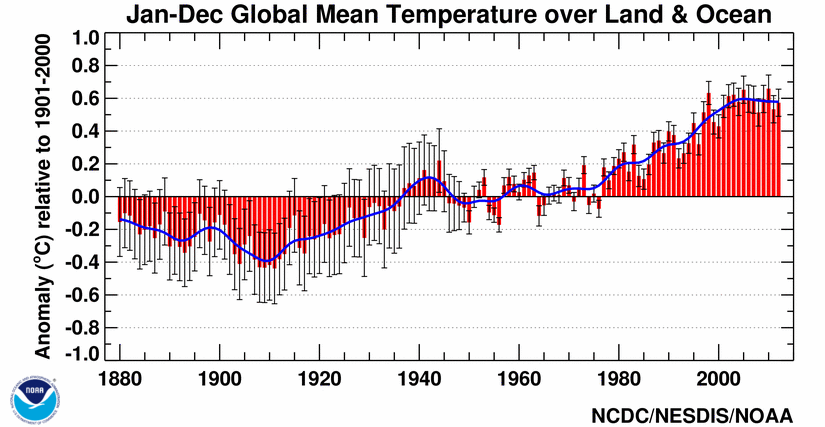Quote:
Originally Posted by
Darthtang AW http:///t/397663/of-course-humans-have-nothing-to-do-with-climate-change#post_3545259
The May 4th Snowstorm in 1774
A general snowfall of around 4” occurred from northern Virginia to southern New England. Both Philadelphia and New York City reported “a considerable quantity of snow”. Thomas Jefferson and George Washington both noted the event in their diaries.
The Great April Fools Day Snow of 1807
Probably the deepest April snowfall in modern history occurred on April 1, 1807 from Illinois to the Mid-Atlantic. The track of the storm was not the usual coastal nor’easter variety that normally produces great snows but rather the low moved northeast from the lower Tennessee Valley and across the mid-Atlantic states and offshore around New York City. To the north of the storm path incredible snowfalls were reported. The westernmost report we have came from Vincennes on the Illinois-Indiana border with an 11” accumulation but it was in Pennsylvania, New York and New England that astonishing snowfall was reported including: 52” at Montrose, Pennsylvania near Scranton; 54” at Utica, New York, 52” at Lunenburg, Vermont; 60” at Danville, Vermont; 48” at Montpelier, Vermont; and 42-48” at Norfolk, Connecticut.
The June 1816 Snows of the ‘Year without Summer’
Most famous of all cold and snowy late season events would have to be the infamous 1816 ‘Year without Summer’ and the snowfall in June that occurred in the eastern U.S. and Canada. On June 6th accumulating snow was observed as far south as the Catskills in New York (where one inch was reported) and highlands of central and northwest Pennsylvania. Snowflakes were seen at sea level as far south as ten miles north of tidewater on the Hudson River just north of New York City. The deepest accumulations were reported in the mountains of Vermont where drifts of 12-18” were measured. Quebec City in Canada reported 12” on level with drifts up to two feet deep.
The even Greater Snow of June 1842
It should be noted that June snowfall in the Northeast is not a unique event to 1816. On June 11, 1842 widespread snow fell over northern New York and New England and snowflakes were observed in Cleveland, Ohio; Boston, Massachusetts; and even Harrisburg, Pennsylvania (a low elevation site). Accumulations of 10-12” were common in Vermont, so this event was actually more extreme than the more famous snow of June 1816.
I like how you cherry-pick the irrelevant comment I made about snow in May, and ignore the fact they Antarctica Ice Sheets are melting away, winter and summer storms have become more violent in the past 10 years, and droughts are more common than they were in the same time period. Just keep ignoring the facts. Like I said, it's essentially irrelevant to you boneheads because you'll be dead and gone before the effects of our ignorance to do the obvious occurs. I wouldn't be buying any Florida beachfront property to be left to your children or grand-children, unless you want to leave them something that will be underwater by the time they get to use it.

